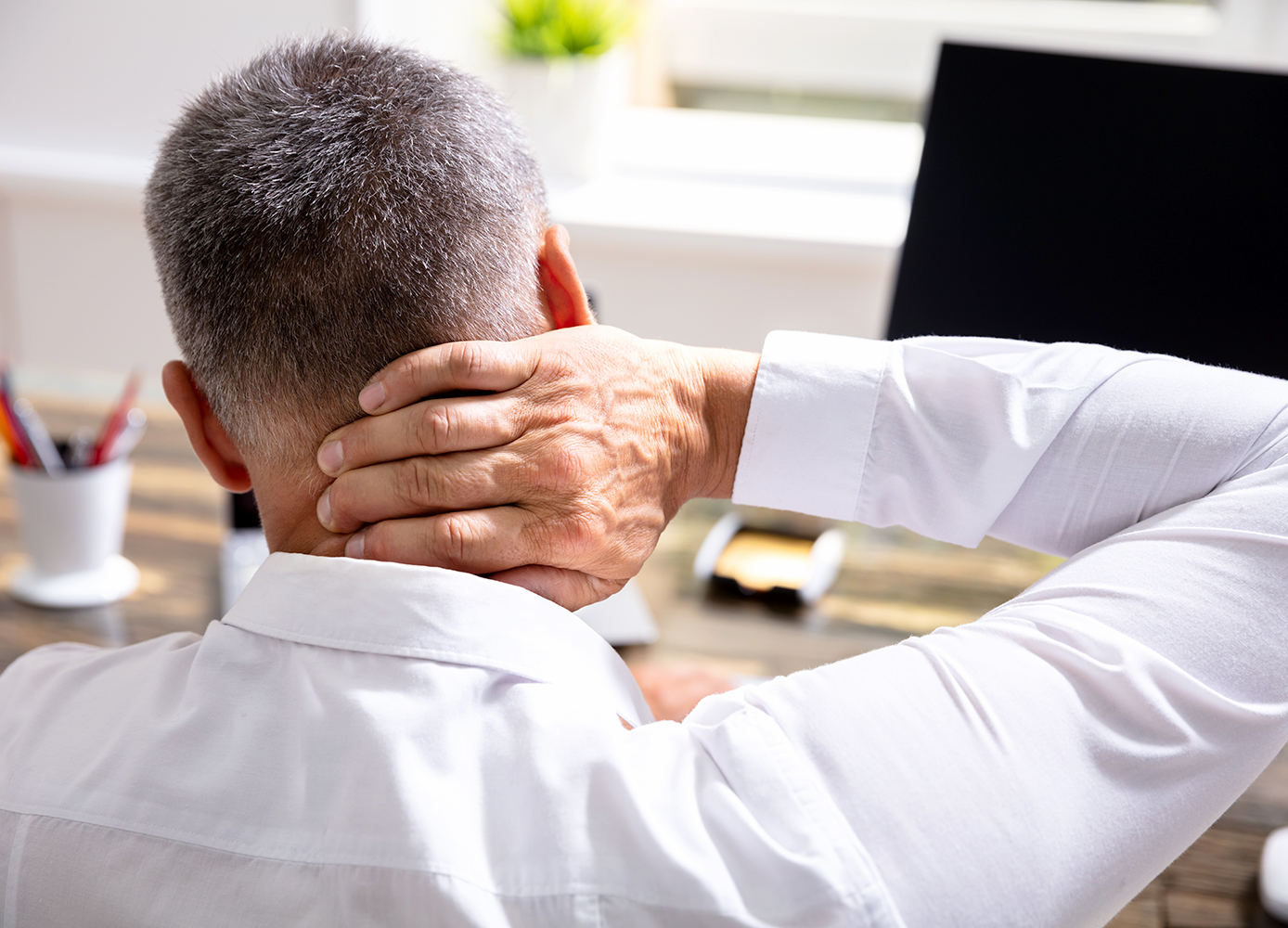Optimizing your workspace can keep you comfortable and ward off injury
Photo: iStock/AndreyPopov.
By Erika Morris
Now that millions of Canadians have shifted to working from home, many are realizing that their home set-up isn’t optimal for an eight-hour workday. A workspace that isn’t set up properly can lead to injuries, stiff necks, and sore muscles.
One of the biggest problems for many is working on laptops, according to Abigail Overduin, who is in charge of ergonomics for Human Resources at the University of British Columbia—setting up workspaces so that employees can work comfortably and without risking injury. The problem with laptops, she says, is that the smaller screen and fonts can make us lean forward or bend our necks down, creating neck pain and causing eye strain, and the hard edges of the device or the desk can dig into the wrists.
Overduin suggests using an external keyboard and mouse positioned just below elbow level. “It can help to have a table or armrest for forearm support, but make sure that you don’t have pressure from a hard edge digging into the bottom of your wrist,” she says.
An external monitor makes it easier to get the proper height, but propping up your laptop on books or boxes works, too. “The top line of text should be at eye level, and you should keep your font large enough so you don’t have to lean in to read it,” Overduin says.
It’s important to give your back the proper support. “Some of us are trying to use a kitchen chair that provides no lumbar support and forces us to sit up straight,” Overduin says. “If you are allowed to retrieve your regular office chair and can do so safely, that’s a good idea because it allows you to recline slightly when you sit.” But if you have to make do, you can prop yourself up with a pillow or use a small rolled towel for lumbar support. Some prefer to work standing up—she recommends wearing comfortable running shoes and propping things on a higher surface to do so.
“Because most of us are not going to have things set up properly, it’s more important than ever to get up and move regularly throughout the day—even if it’s just briefly, like getting up for two minutes to get water,” said Overduin. “That can have a pretty big impact over the course of a whole day.”






